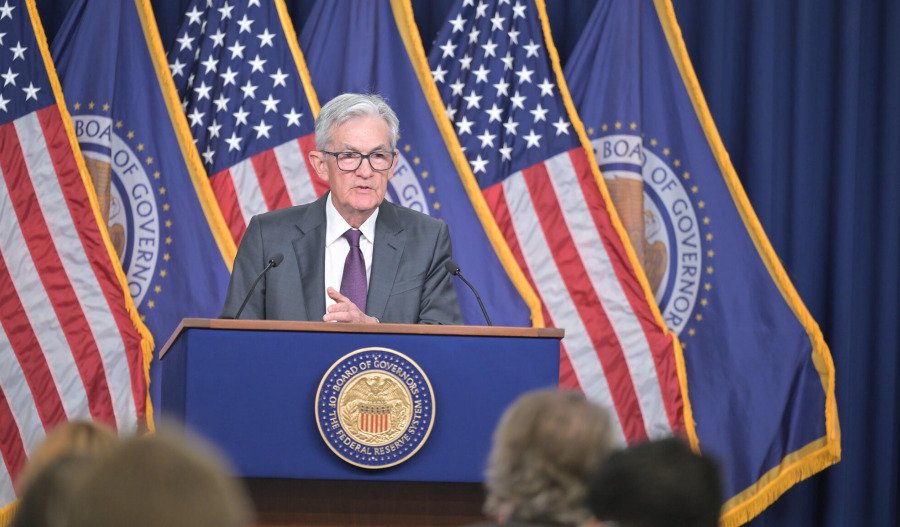Major United States averages tumbled on Wednesday (Thursday AEDT) as investors reacted to higher-than-expected inflation data, raising concerns that the Federal Reserve may keep interest rates elevated for longer.
The Dow Jones Industrial Average dropped 225.1 points, or 0.5%, to 44,368.6, the S&P 500 declined 0.3% to close at 6,052, while the Nasdaq Composite edged up 0.03% to 19,650, supported by gains in select technology stocks.
Investor sentiment weakened after the consumer price index (CPI) rose 0.5% in January, exceeding expectations of 0.3%, pushing the annual inflation rate to 3%.
Following the inflation report, the 10-year Treasury yield, a benchmark for borrowing costs across mortgages, auto loans, and credit cards, surged to a session high of 4.66%.
Higher yields pressured mega-cap technology stocks, with shares of Amazon and Alphabet declining 1.7% and 0.9%, respectively.
Consumer discretionary and banking stocks, which are more vulnerable to higher interest rates and reduced consumer spending, also retreated.
However, positive comments from House Speaker Mike Johnson helped stabilise sentiment. According to Reuters, Johnson indicated that the White House was considering reciprocal tariff exemptions on products like pharmaceuticals and automobiles.
Shares of General Motors and Ford ended 2% and 0.2% higher respectively, while pharmaceutical giant Eli Lilly gained 0.9%.
Tesla, Apple, and Palantir also recorded gains of 2.4%, 1.8%, and 4.2%, respectively, limiting broader losses in the market.
CVS Health also surged 15% after reporting better-than-expected fourth-quarter earnings.
The latest inflation reading has dampened hopes for imminent rate cuts, with some market participants now even considering the possibility of a hike.
Federal Reserve Chair Jerome Powell, speaking before the House Financial Services Committee, acknowledged the Fed’s progress in lowering inflation but noted that it remains above the 2% target.
His remarks echoed comments made on Tuesday before the Senate Banking Committee, where he stated the central bank was in no rush to lower rates.
Market expectations for a rate cut have now been pushed further into the year, with traders increasingly betting on a first move in September.
As investors digest the latest data, attention now shifts to upcoming economic reports, including the producer price index (PPI), which may provide further clarity on inflation trends and the Fed’s policy path.
On the bond markets, 10-year and 2-year jumped 1.9% and 1.7% to 4.625% and 4.361%, respectively.



